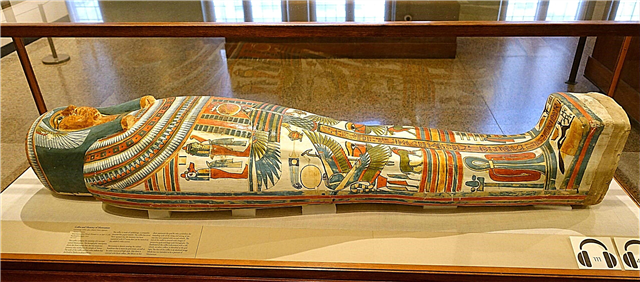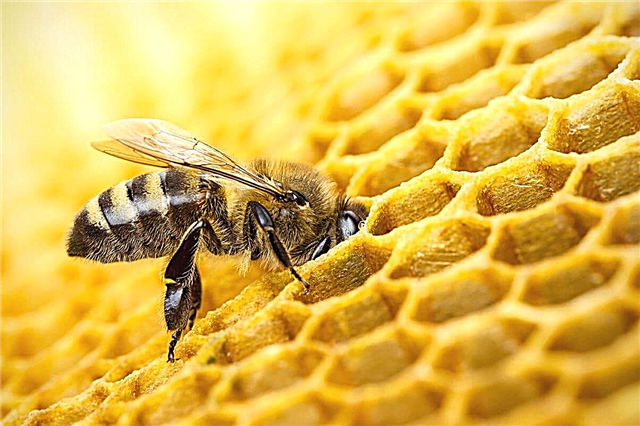
The less light a surface reflects, the darker it seems to a person. But a few years ago, scientists from the British physical laboratory introduced a new champion in this area.
Getting Vantablack
In 2014, British scientists, together with one industrial company, showed the world Vantablack material, listed in the Guinness Book of Records as the blackest material in the world.
This material is a vertically arranged carbon nanotube. The latter look like hollow cylinders consisting of hexagonal joints. They are oriented in space in one direction, which contributes to the absorption of photons.
As a base, aluminum foil is used on which carbon nanotubes are placed. This simplifies the operation of the material.
Vantablack Properties
When light hits the material, the photons do not reflect back, but are lost in the entangled structure of the nanotubes. Caught in such a trap, they just turn into heat. This creates the effect that Vantablack completely absorbs the rays. Scientists were able to measure that the material reflects only 0.035% of the light. Even if there are wrinkles on its surface, it will appear absolutely even and black at any angle.
Interesting fact: Vantablack absorbs all types of rays. For example, when a laser pointer hovers over it, the red dot will disappear.
In 2016, scientists from the UK improved the material by showing Vantablack 2 to the world. However, it is still not possible to say exactly how much percent of the light it absorbs, becauseno instrument can measure this indicator. During the test, different spectrometers are used, but not one can catch the reflected light. This may mean that Vantablack 2 absorbs 100% of the light incident on it. But scientists are in no hurry to confirm this theory.
The blackest material in the world is Vantablack. It is a vertically arranged carbon nanotube. When photons reach Vantablack, they do not reflect, but turn into heat, which is why the human eye perceives it completely black.












